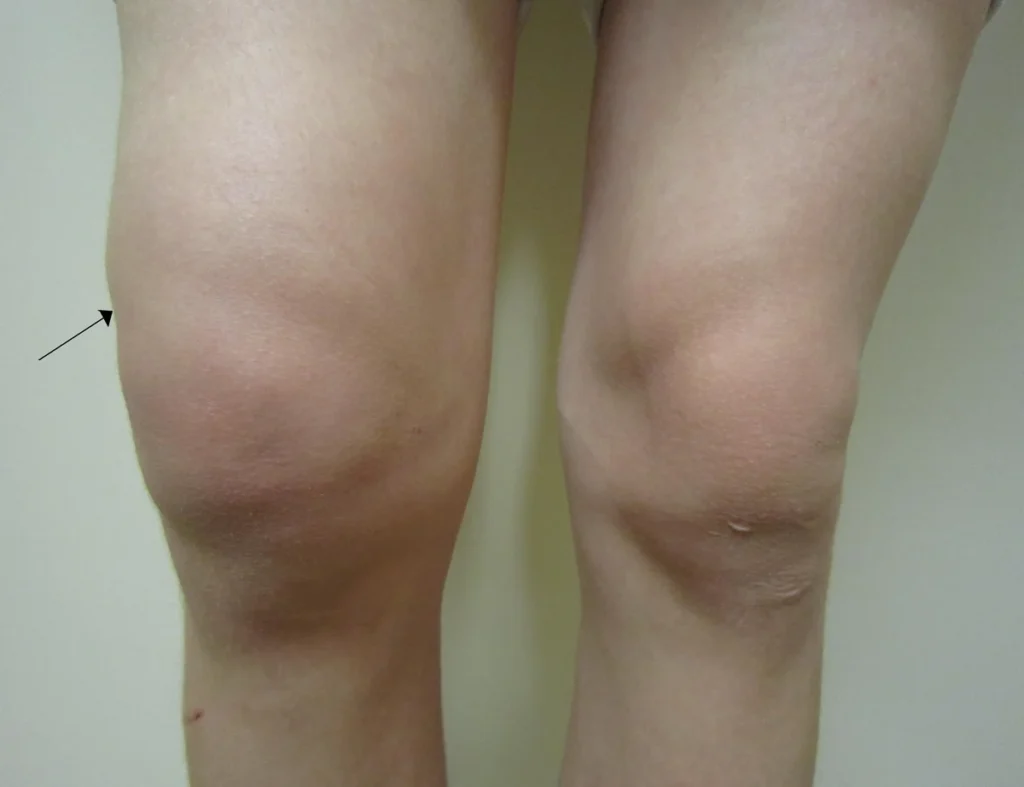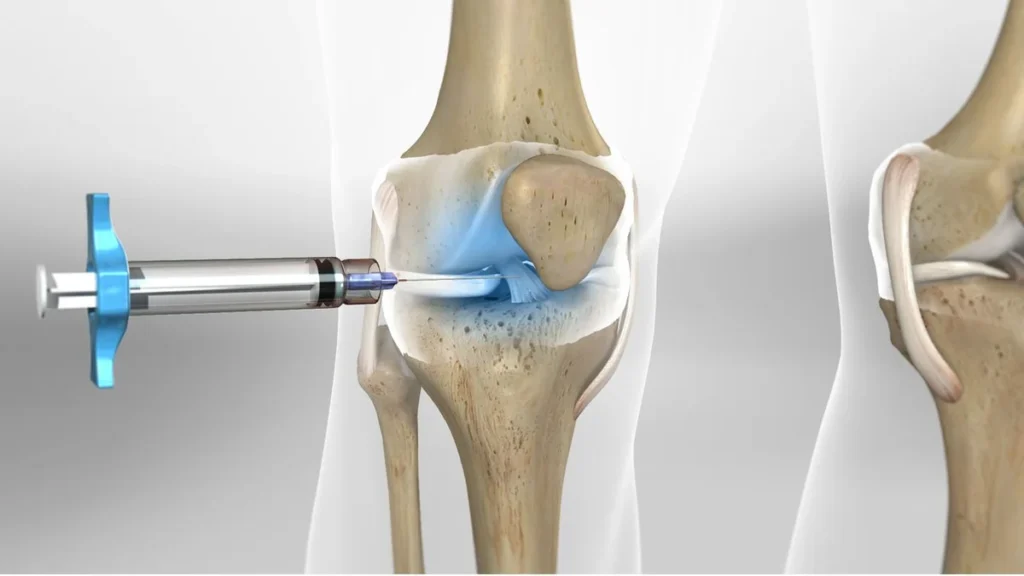The biceps brachii, commonly known as the biceps, is located at the front of the upper arm bone. This muscle becomes prominent when flexing the arm and primarily functions to bend the elbow joint. Additionally, it contributes to the stability of the shoulder joint.

- How Muscles Attach to Bones
- Attachment of the Biceps Brachii to Bones
- Biceps Tendon Rupture at the Shoulder
- Causes of Tendon Rupture
- Effects of Tendon Rupture
- Risk Factors for Biceps Tendon Rupture
- Identifying Symptoms of Biceps Tendon Rupture at the Shoulder
- Treatment for Biceps Tendon Rupture in the Shoulder Area
How Muscles Attach to Bones
Muscles need to be connected to bones to facilitate joint movement. This connection typically occurs through tendons or ligaments.
Attachment of the Biceps Brachii to Bones
The upper part of the biceps attaches to the shoulder bone through two separate tendons (the long head and the short head). At its lower end, the biceps connect to the top of the radius bone in the forearm through a single tendon.
Biceps Tendon Rupture at the Shoulder
Tendons of the Biceps
The biceps muscle has two tendons (long and short) at the upper part and one tendon at the lower part. Ruptures can occur in both the upper and lower tendons.
Lower Tendon Rupture
The lower tendon, attached to the radial tuberosity, may rupture due to excessive strain. This rupture can cause problems in the lower arm and near the elbow joint.
Upper Tendon Rupture
In the upper part of the muscle, ruptures usually occur in the long head tendon, especially where it passes through the bicipital groove of the upper arm bone. This rupture causes symptoms in the upper arm and near the shoulder joint.

To make an appointment or get an online consultation with Dr. Nader Motallebi Zadeh, Limb lengthening surgeon, proceed here.
Causes of Tendon Rupture
Tendon ruptures typically follow heavy lifting (such as in weightlifting) or from falling with the upper limb extended forward. Sometimes, the tendon weakens and thins gradually due to repeated stresses, eventually leading to rupture.
Effects of Tendon Rupture
Over time, the tendon becomes weak and frayed, leading to shoulder pain. Sudden ruptures usually occur in younger individuals, while gradual ruptures are more common in older ages. A rupture in one of the tendons in the shoulder area generally does not eliminate the muscle’s ability to bend the elbow but weakens it.
Risk Factors for Biceps Tendon Rupture
Contributing Factors
Key factors that increase the likelihood of biceps tendon rupture include:
- Aging
- Repeatedly lifting heavy objects overhead
- Engaging in sports like tennis and swimming that involve raising the arm above the head
- Smoking
- Using medications containing corten
Identifying Symptoms of Biceps Tendon Rupture at the Shoulder
Recognizing the Signs
The rupture of the long head tendon of the biceps at the shoulder typically occurs after suddenly lifting a heavy object and presents specific symptoms:
- Sudden and severe pain at the top of the arm and front of the shoulder
- Hearing a snapping sound in the arm area during the rupture
- Severe cramping of the biceps muscle after intense physical activity
- Bruising in the front of the arm, which increases in the first few days
- Pain and sensitivity at the front of the shoulder
- Muscular weakness in the shoulder and arm area
- Difficulty in rotating the forearm and pain with weakness during outward rotation
- Prominent bulging of the muscle in the lower front part of the arm, indicating muscle retraction in this area
Treatment for Biceps Tendon Rupture in the Shoulder Area
Initial Treatment Steps
Initially, the pain from the biceps tendon rupture usually resolves over time and spontaneously. This rupture leads to a decrease in muscle strength, but this reduction typically does not cause significant problems in daily life, especially if the person is not involved in intense physical activities or is elderly.
Pain Reduction Methods
- Cooling the rupture and pain site in the first few days after rupture
- Using anti-inflammatory medications like ibuprofen or aspirin
- Resting the arm and avoiding lifting heavy objects
- Physiotherapy to increase the range of motion and strengthen arm muscles
Surgical Treatment
Surgery is rare and usually not recommended for older individuals. For athletes or those requiring high muscle strength, surgery is performed to repair the ruptured tendon.
Post-Surgery Care
- After surgery, the upper limb remains immobile for a period.
- Performing shoulder and arm movements, exercises, and muscle strengthening under the supervision of an orthopedic doctor and physiotherapist is essential.

To make an appointment or get an online consultation with Dr. Nader Motallebi Zadeh, Limb lengthening surgeon, proceed here.
Thank you for reading this article. Please share your thoughts with us.



